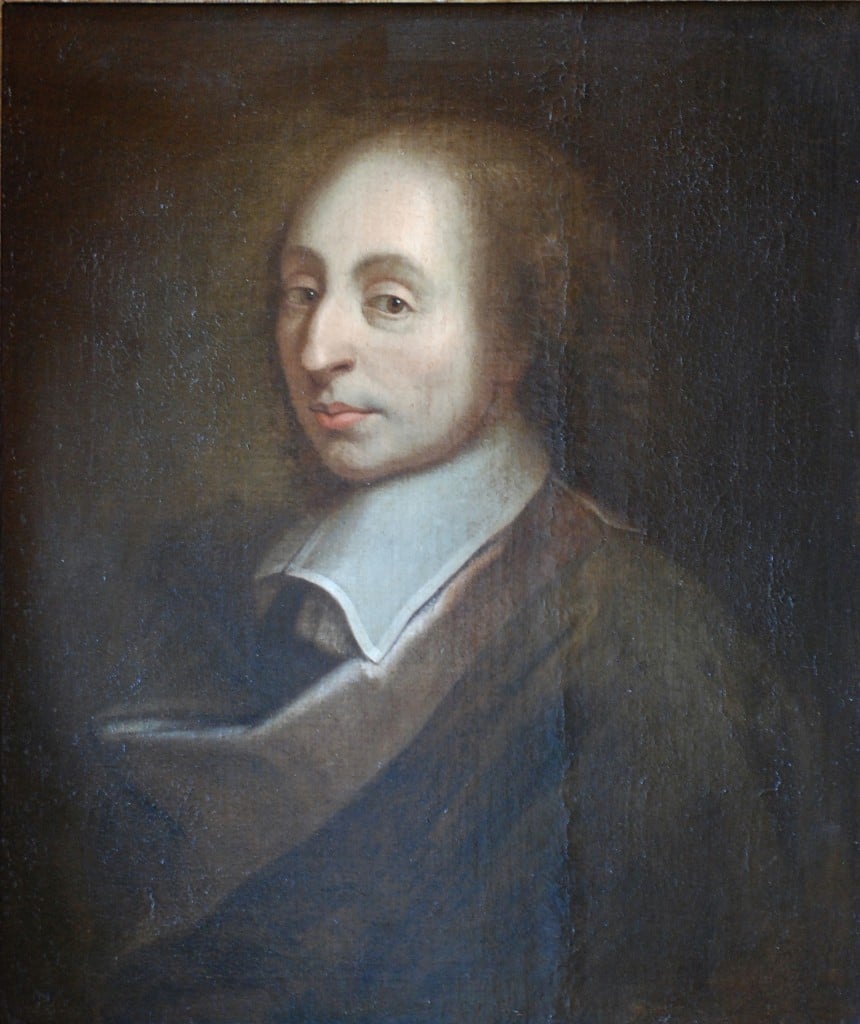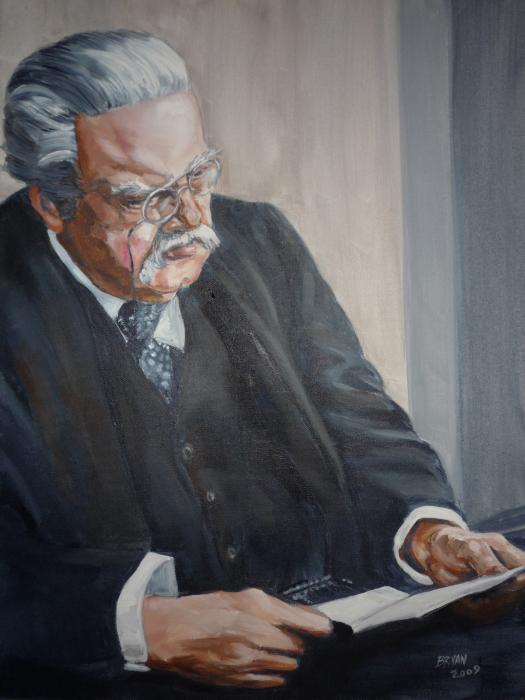This was originally written last year for the Feast of St. Ignatius. Now is a good time for a reprise of this post.
Two years ago I was reading and re-reading a book that brought me to the Catholic Church. As I wrote in my very first post, that book, My Life with the Saints by James Martin, S.J., reminded me of a central insight I first had in the fourth grade: The saints, revered by the Catholic Church and all but ignored by the Protestant churches of my youth, are a powerful witness for Christians today. But we have to pay attention to them.
So it occurred to me while out on a walk today, or what the Carthusians call my spatiamentum—where most of my best crackpot schemes occur—that I could do worse than devote a little time each day to learning more about the saints and, in particular, reflecting, as Fr. Jim does in his book, on how their stories are reflected in my life as a Catholic today.
This probably occurred to me because (a) I had just had a nap, usually the fount of my finest reflections and (b) before my nap, I had been reading the New Advent entry on today’s featured saint, Ignatius of Antioch. Truth be told, I know so little about most saints that New Advent is likely to be my first daily stop as this, my latest crackpot scheme unfolds. (I will do my best to credit my sources at the bottom of each one of these posts about the saints.)
Until today, I knew nothing about St. Ignatius of Antioch. Until today, I couldn’t even place Antioch on a map, and as for Ignatius, wasn’t he the founder of the Jesuits? Well, yes and no, but he is not that Ignatius.
Ignatius of Antioch was born about the year 35, “probably . . . in Syria of pagan parents, but the facts of his early life are largely unknown,” according to Lives of the Saints by Richard P. McBrien. But how much of a CV do you need when confronted with this one fact?—Ignatius of Antioch was, to the best of present-day knowledge, a follower, a student, a close personal associate of St. John the Apostle and Evangelist. From that alpha point, his life moved toward its omega: being torn to pieces by lions in the Roman Colliseum. And pretty happily too, to judge by the reading in his honor from today’s Office, an excerpt from a letter he wrote while en route to Rome to be torn to pieces by lions:
I am writing to all the churches to let it be known that I will gladly die for God if only you do not stand in my way. I plead with you: show me no untimely kindness. Let me be food for the wild beasts, for they are my way to God. I am God’s wheat and shall be ground by their teeth so that I may become Christ’s pure bread. Pray to Christ for me that the animals will be the means of making me a sacrificial victim for God.
I mean, isn’t that just nuts? As Father Barnes noted last evening in a private conversation, and I can relate personally, we Americans are not big on martyrdom. With ironic symmetry, this morning’s mass was offered for an American serviceman who gave his life in the Middle East last year; Father’s homily and prayers noted that long-honored form of American martyrdom that the young serviceman represented; and for a recessional, Father Barnes led us in “God Bless America.”
Ignatius of Antioch was born about the year 35, or just about the time word was spreading northward from Jerusalem about events singular in human history: the Crucifixion and Resurrection of Our Lord. It may have been as much as a dozen years before persecutions in Judea would drive the Apostles out onto their respective trajectories of evangelization. St. John went north, and sometime, perhaps in the 50s or 60s, a young man named Ignatius encountered this man who had not only encountered Jesus Christ but was, by all accounts, the Apostle most beloved of Christ. From that encounter with an encounter, a martyr was born.
But—do me a favor and let me be ripped up by lions?! Isn’t this martyrdom itself an extraordinary testament to the sanctity of St. John, who late in life (when Ignatius was in the midst of his own manhood) was writing his Gospel, his epistles, and finally the Book of Revelation? What sort of light was St. John radiating that his follower could have been so convinced that the lions would make him “Christ’s pure bread”?
When I was in my 20s, I thought that a certain 20th-century mystic philosopher had been the most significant figure in modern memory. (I’d prefer to withhold further details; that sentence stands on its own.) I never met that mystic philosopher, who died two years before I was born—just as Christ is thought to have died two years before Ignatius came into the world. But as I have written previously, I did meet a man named Michel, who had literally been raised in the household of said mystic philosopher, and to me, in my 20s and 30s, Michel was, without question, the most compelling and convincing figure I had ever met. Through my encounters with Michel, who died when I was 40, I received a taste of what St. Ignatius must have seen and sensed in St. John: a faith founded in fact.
That St. Ignatius of Antioch could have met his death so joyously and with his eyes so open is all the testimony I think I’m going to need, at least for the rest of this day, to the exceptional series of events that occurred on this planet about two thousand years ago and still enliven us all today. I have Michel to thank for that understanding.
(Sources: New Advent entry on Ignatius of Antioch; Richard P. McBrien, Lives of the Saints; The Liturgy of the Hours; and as always, with gratitude, James Martin, S.J., My Life with the Saints)











